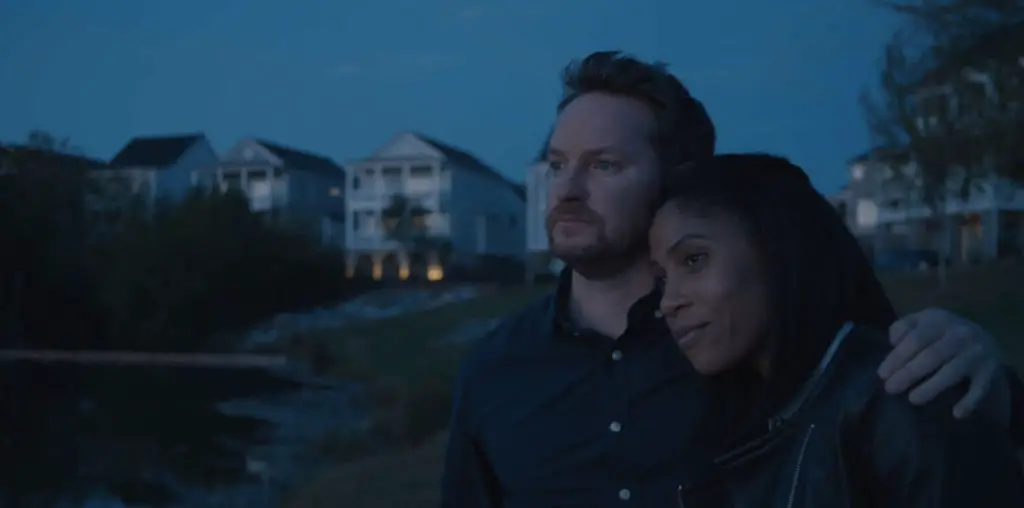
Watching the new version of “Flight of the Phoenix” made me wonder if Irish director John Behind Enemy Lines Moore was related to that great painter Benjamin Moore (covering homes since 1883), because the new, glossy production looks like a dumb-downed, paint-by-the-numbers update of the 1965 original. It’s a tale of nearly a dozen passengers and crew who survive an airplane crash in the Gobi Desert, then lead to believe that they can fly out of their own ashes by building a new plane from the old. The current film, written by Scott Frank and Edward Burns, jettisoned the initial “The” that graced the first adaptation of Elleston Trevor’s book of the same name (i.e., containing the full five words). I guess the marketing folks at 20th Century-Fox had a brainstorm: “Hey, our version is only 113 minutes long vs. the 149 of director Robert Aldrich’s edition, so let’s cut that indefinite article off.” What’s left, alas, is a threadbare, pseudo-heroic tale of men and woman caught at the sand-filled crossroads of nowhere. I’d bet that despite the lack of adrenaline in the contempo upgrade, the abundance of television ads will get the crowds addicted to the hit show “Lost” (a much better tale of life in a post-aircraft-crash world) into the multiplexes playing “Phoenix.”
Maybe they won’t mind the film’s exasperating lapses of continuity and banal lines. On two dust storm occasions it appears that sand has covered the downed plane’s fuselage, only to somehow be miraculously removed in a follow-up scene. In the immediate aftermath of the crash, the captain runs back into the cabin screaming “Is everybody OK?” twice. It all seems much too artificial.
The cast, updated with roles that are more politically correct with the times, pales in comparison to the likes of James Stewart, Richard Attenborough, Hardy Kruger, Ernest Borgnine, and Ian Bannen (nominated for an Academy Award for his supporting role as Crow). I don’t see any Oscars in “Phoenix”‘s future. Occupying the pilot’s seat this trip is Dennis Quaid, seen to much better effect in his year-end release “In Good Company,” as the over-the-hill Frank Towns, a wreck of a company captain called into a Mongolian oil outpost (the original was set in the Sahara and filmed near Yuma, Colorado) to retrieve the human remnants ensconced at a global conglomerate’s non-producing well. The addition of Miranda Otto as Kelly Johnson, the rig’s boss, is the first woman to get a major role in either filmed version (Barrie Chase makes a fleeting appearance as a mirage-born belly dancer in the first edition); she fills the marketing demographic’s needs adequately. Unfortunately you can just feel by the way she and Towns antagonize each other at first meeting that by film’s end you just know that something might bloom amongst them. Rapper Tyrese Gibbons as co-pilot AJ also is attached to the project to bring in an audience that had barely any presence in the original. At least he does a passing impression of Bill Cosby.
The upgrade’s other star is Giovanni Ribisi (The Gift, Saving Private Ryan), always the odd duck of an actor, and here filling the role originally played by Kruger. He’s not German, but he’s truly Aryan-looking, with thin bleach-blonde hair and apparently the same rimless spectacles from the 1965 film. He walks in little staccato circles and makes the survivors believe that he, as an aircraft designer, can steer them out of this mess with the help of an erector set and some bootstraps. If they only knew the plot twist that viewers of the original (now on DVD) or readers of the book discovered four decades ago, Ribisi’s Elliott wouldn’t have survived past the first reel.
Among the script changes are the food on board (pressed dates replaced by canned peaches and hearts of palm); the number of firing charges (7 reduced to 5) available to attempt to start the Frankenstein ship; the absence of one monkey (no loss); the addition of a tail section break-off; and the extended presence of the nomads that camp near the downed plane.
The whole film appears over-blown and pumped up on marketing steroids, in much the same way the massive CGI sandstorms aim to be more impressive than the original’s cheesy wind-machine variety. The characters’ hearts seem to have been wisped away with the desert wind. The story’s the same, but the characters seem as remote as the North Pole. Toy planes might fly at Christmas, but “Flight of the Phoenix” got stuck halfway down the chimney. Ho, Ho, No.
